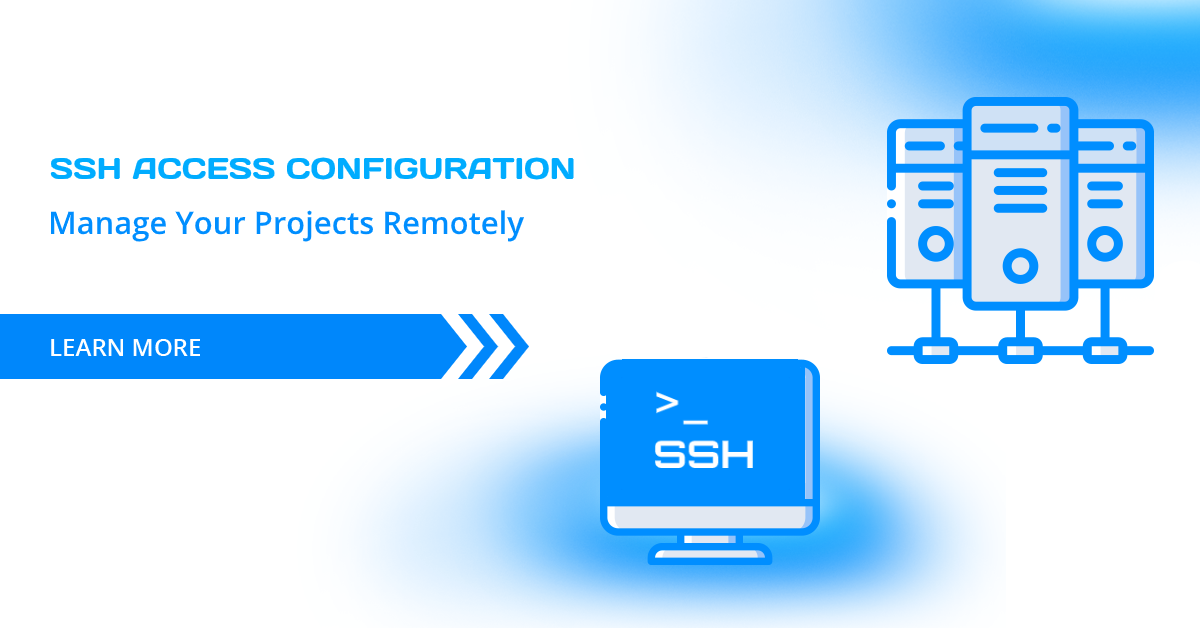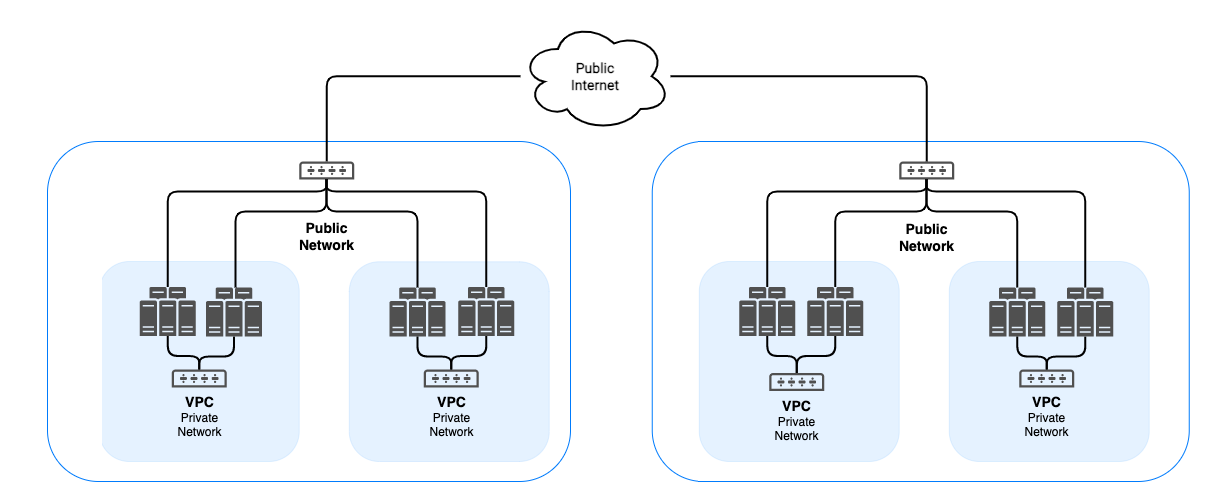Mastering Secure IoT Connections With P2P SSH On Raspberry Pi
In today's era of interconnected devices, establishing secure communication between remote IoT devices using P2P SSH on a Raspberry Pi is an essential skill for both hobbyists and professionals. As the Internet of Things (IoT) continues to grow, ensuring robust and secure communication between devices has never been more critical. This comprehensive guide will walk you through setting up a secure IoT connection using P2P SSH on a Raspberry Pi, providing step-by-step instructions and expert advice—all without any hidden costs.
Whether you're a tech enthusiast exploring the possibilities of IoT or a professional managing a network of devices, understanding how to establish secure connections is vital. This guide will not only provide clear instructions but also delve into best practices, expert tips, and practical advice to help you achieve secure IoT connectivity efficiently.
By the end of this article, you'll gain a thorough understanding of how to securely connect remote IoT devices using P2P SSH on a Raspberry Pi. Let's dive into the world of IoT connectivity while ensuring the highest level of security.
- Exploring The Financial Success And Impact Of Dav Pilkey
- Ralph Macchio A Journey Through Hollywood Stardom
Table of Contents
- Understanding IoT and SSH
- Exploring Raspberry Pi
- The Fundamentals of Secure Connections
- Setting Up SSH on Raspberry Pi
- What Is P2P SSH?
- Securing Remote IoT Connections
- Best Practices for IoT Security
- Troubleshooting Common Issues
- Data Privacy and Security
- Conclusion and Next Steps
Understanding IoT and SSH
The Internet of Things (IoT) has transformed the way we interact with technology, bringing about innovations such as smart homes, wearable devices, and industrial automation. However, as the number of connected devices grows, ensuring secure communication between them becomes a significant challenge. Secure Shell (SSH) plays a pivotal role in addressing this challenge by offering encrypted communication between devices, making it an indispensable tool for securing IoT connections.
Why SSH Is Essential for IoT
SSH provides numerous advantages for IoT applications, making it an ideal choice for securing device communications:
- Encryption: SSH encrypts all data transmitted between devices, ensuring that sensitive information remains confidential.
- Authentication: The protocol offers robust authentication mechanisms to verify the identity of devices and prevent unauthorized access.
- Reliability: SSH is a robust and versatile protocol capable of handling various network conditions, ensuring stable communication even in challenging environments.
Exploring Raspberry Pi
The Raspberry Pi has emerged as a versatile and cost-effective platform for experimenting with IoT applications and setting up secure connections. Its affordability, compact design, and powerful capabilities make it a favorite among hobbyists and professionals alike.
- Discover The Enchanting World Of The Teacup Maltese
- Val Kilmer A Cinematic Icons Journey Through Hollywood
Key Features of Raspberry Pi
- Compact Size: The small form factor of Raspberry Pi makes it perfect for embedded systems and IoT projects requiring minimal space.
- Low Power Consumption: Its energy efficiency makes it ideal for remote and battery-powered devices, ensuring prolonged operation without frequent recharging.
- Open Source: The Raspberry Pi supports a wide range of operating systems and software, providing endless possibilities for customization and development.
The Fundamentals of Secure Connections
Before diving into the technical aspects of securing IoT connections, it's essential to understand the basics of secure communication. A secure connection encompasses encryption, authentication, and integrity checks to safeguard data from unauthorized access and tampering.
Key Components of Secure Connections
- Encryption: Converts plain text into cipher text to prevent unauthorized access and ensure data confidentiality during transmission.
- Authentication: Verifies the identity of devices and users to prevent impersonation and unauthorized access.
- Integrity: Ensures that data remains unaltered during transmission, protecting it from tampering or corruption.
Setting Up SSH on Raspberry Pi
Configuring SSH on a Raspberry Pi is a straightforward process. By default, SSH is disabled in Raspberry Pi OS for security reasons, but enabling it is simple and can be done in a few steps.
Steps to Enable SSH
- Access the Raspberry Pi: Connect your Raspberry Pi to a monitor or access it via a network connection to begin the setup process.
- Open the Terminal: Launch the terminal application on your Raspberry Pi to execute the necessary commands.
- Enable SSH: Type the following command in the terminal and press Enter:
sudo raspi-config. - Select Interfacing Options: Navigate to the Interfacing Options menu and enable SSH to activate the service.
What Is P2P SSH?
Peer-to-Peer (P2P) SSH enables direct communication between devices without relying on a central server. This decentralized approach offers several advantages, including reduced latency, enhanced security, and improved scalability for large-scale IoT deployments.
Advantages of P2P SSH
- Decentralized: Eliminates the need for a central server, reducing single points of failure and enhancing system resilience.
- Scalable: P2P SSH is well-suited for large-scale IoT deployments, allowing seamless communication between numerous devices.
- Secure: Provides end-to-end encryption between devices, ensuring that data remains protected during transmission.
Securing Remote IoT Connections
Securing remote IoT connections involves several critical steps, including configuring firewalls, using strong passwords, and implementing SSH keys. These measures are essential for protecting your devices from unauthorized access and potential cyber threats.
Best Practices for Remote Connections
- Use Strong Passwords: Avoid using default passwords and opt for complex, unique ones to enhance security.
- Implement SSH Keys: Utilize public-key authentication to add an extra layer of security and eliminate the need for password-based logins.
- Configure Firewalls: Restrict access to only necessary ports and IP addresses to minimize the risk of unauthorized access.
Best Practices for IoT Security
IoT security is a complex challenge that requires a comprehensive and proactive approach. By adhering to best practices, you can significantly enhance the security of your IoT devices and protect them from potential threats.
Top IoT Security Tips
- Regular Updates: Keep your devices and software up to date with the latest security patches to address vulnerabilities promptly.
- Network Segmentation: Isolate IoT devices from critical systems to reduce the risk of a security breach spreading across your network.
- Monitor Activity: Continuously monitor your network for suspicious activity and take immediate action if any anomalies are detected.
Troubleshooting Common Issues
Even with careful planning and execution, issues may arise when setting up secure IoT connections. Below are some common problems and their solutions to help you overcome potential obstacles:
Common Issues and Solutions
- Connection Refused: Verify that SSH is enabled and ensure that the correct port is being used for communication.
- Authentication Failure: Double-check that the correct credentials or SSH keys are being used to authenticate the connection.
- Network Problems: Confirm that the devices are connected to the same network and that there are no network configuration issues affecting communication.
Data Privacy and Security
Data privacy is a critical component of IoT security, especially as more devices collect and transmit sensitive information. Protecting this data is essential to maintaining user trust and compliance with regulations.
Protecting Data Privacy
- Encrypt Data: Use encryption protocols to protect data both during transmission and while it is stored on devices.
- Limit Access: Restrict access to sensitive data to authorized personnel only, ensuring that only those with a legitimate need can access it.
- Compliance: Adhere to relevant data protection regulations, such as GDPR or CCPA, to ensure legal compliance and avoid potential penalties.
Conclusion and Next Steps
Securing remote IoT connections using P2P SSH on a Raspberry Pi is a powerful and cost-effective way to ensure the safety and integrity of your devices. By following the comprehensive steps outlined in this guide, you can establish a secure connection while implementing best practices to protect your network from potential threats. Remember to continuously monitor your devices and stay updated on the latest security trends to maintain robust protection.
Take Action: Share this article with your network and leave a comment below with your thoughts or questions. For more in-depth guides and tutorials on IoT and cybersecurity, explore our other resources to further enhance your knowledge and skills.
Data sources and references:
- Did Ben Affleck Foresee His Reunion With Jennifer Lopez
- Unveiling The Towering Presence Of Jason Momoa A Comprehensive Look At His Height And Career

Securely Connect Remote IoT P2P SSH Raspberry Pi Download Windows

Securely Connect Remote IoT P2P SSH Raspberry Pi Download Windows

Securely Connect Remote IoT P2P SSH Raspberry Pi Download Windows